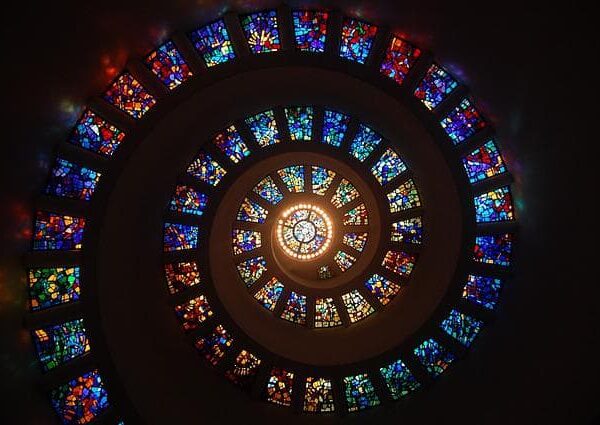The main criterion for this classification – according to its origin – is the correlation of the doctrinal positions of new religious movements with certain traditions.
On the basis of this criterion, we can roughly divide NSDs into several groups:
- “secondary” Protestant (second Protestant) associations – Jehovah’s Witnesses, the Church of Jesus Christ of Latter-day Saints (Mormons), the Church of Christ (“Boston Movement”);
- pseudo-Christian movements (Moon’s Unification Church, the Last Covenant Church of Vissarion, the White Brotherhood);
- Scientology cults (“Christian Science,” Ron Hubbard’s Church of Scientology, Clonade, the White Environmentalist Movement, etc.);
- neo- and quasi-orientalist schools and cults (“Living Ethics” (Agni Yoga), Krishna Consciousness Society, Transcendental Meditation, Aum Shinrikyo, Sahaja Yoga, etc.)
- Neopagan organizations and cults. The most striking examples of this range are the church “Rodna Ukrainska Natsionalna Vira”, abbreviated “RUNvira”, which arose and took shape among the Ukrainian diaspora and spread in Ukraine.
- Second Protestant movements arose as a result of Protestantism’s free interpretation of the Bible, which allowed a departure from the basic tenets of Christianity. In some ways these confessions continue the line of intra-Christian heresies of the Ecumenical Council period (Monophysite and Monothelite trends) on the one hand, and the period of early Protestantism (Anabaptism in Western Europe and Arianism in Rzeczpospolita) on the other.
Pseudo-Christian movements of the NRD are characterized by an aspiration to unite Christianity with the worldview peculiar to Eastern religions. Both Christianity and Oriental religions are interpreted from the position of “many-knowledgeable,” wise and good ecologically-minded modern man.
Pseudo-Christian trends are characterized by:
- The scholarly presentation of doctrinal principles;
- Eschatological and messianic motifs;
- The presence of a charismatic leader, “the living God” called to bring a new revelation to mankind.
Scientology cults (from Latin scientia, science) are eclectic doctrines that seek to combine religious ideas and pseudoscientific concepts. Their modern version is characterized by the perception of scientific data primarily as a basis for doctrines of faith. The American Mary Baker-Eddy, a patient and follower of the famous “healer” F. Quimby, who believed that all diseases could be cured by Christ’s example, formulated the principles of healing by “spiritual action” alone, without the use of drugs. These principles were formulated by M. Baker-Eddie in a book with the self-speaking title “Science and Health. The Key to the Scriptures.” According to the principles she set forth, only God has true reality, and human suffering, including bodily suffering, is illusory and therefore curable through the sole awareness of that fact. More modern versions of Scientology cults view Christianity as only one segment of world culture, offering people a way out of their fears and anxieties through certain spiritual, intellectual, physical and psychological trainings.
Neo- and quasi-orientalist cults are “translations” of Eastern teachings into a language accessible to Western secularized thinking. They are distinguished by their anti-intellectualistic orientation and the emphasis on the meditative release of the spiritual “inner possibilities” of a person.
Neo-pagan organizations and cults, based on an attempt to reconstruct “indigenous” ethnic forms of spirit and religion, in modern conditions emphasize ecological problems with reference to peaceful coexistence of ancestors with nature (“golden age”), the basis of which was the pagan worldview. It is in neopaganism, among all other NSDs, that the political component is most strongly expressed.
